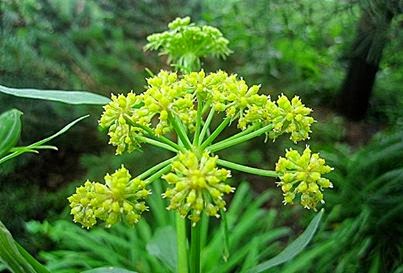
Borago officinalis
A tall, attractive plant, often grown in flowerbeds. Bright blue star-shaped edible flowers. Grow in a sunny spot with well drained fertile soil. Borage dies down in the winter, but probably you will not need to buy any more seeds as it self seeds quite vigorously and spreads around the garden. Luckily, it is so attractive that it adds to the general design.
Will grow almost anywhere but prefers well-drained soil. Can be transplanted when young but older plants do not move well.
Only use young (small) leaves in salads as they get bigger they get fury.
Borage is a dynamic accumulator, it is great at absorbing nutrients from the soil. So you pull up the plant, soak in water and make a tea which you use on your plants as a fertiliser. The flowers are also edible.












